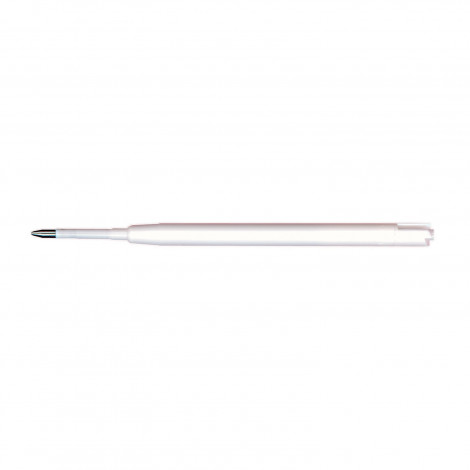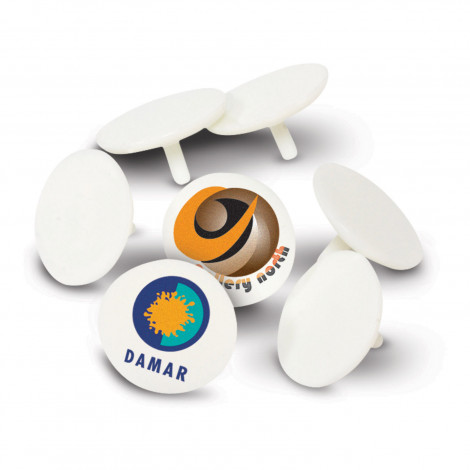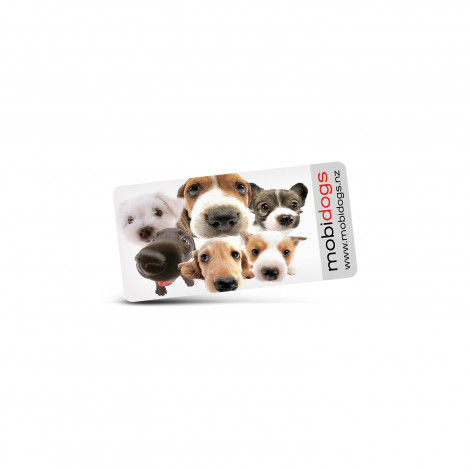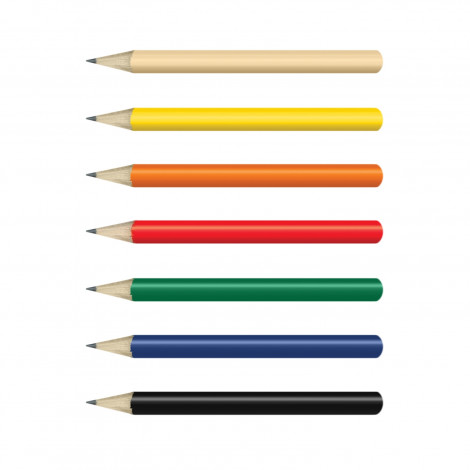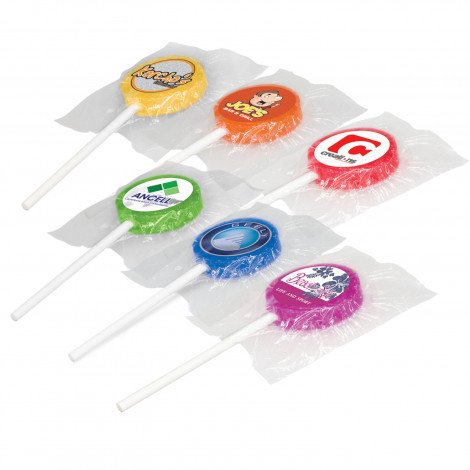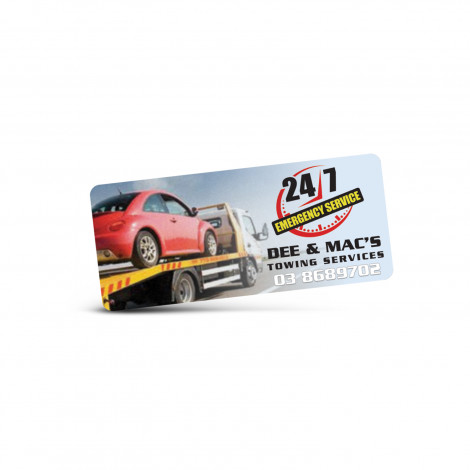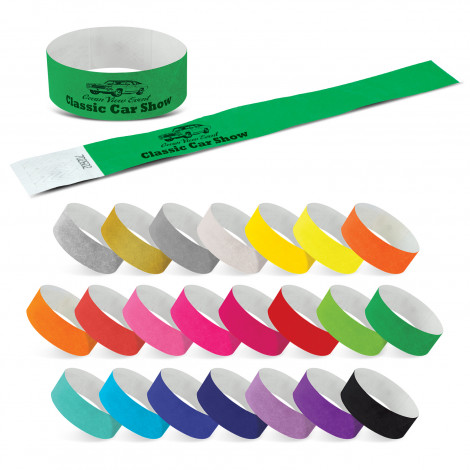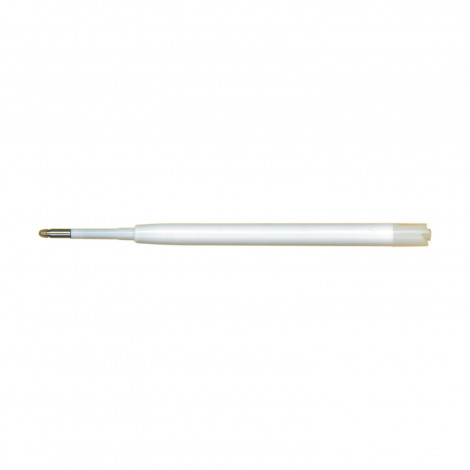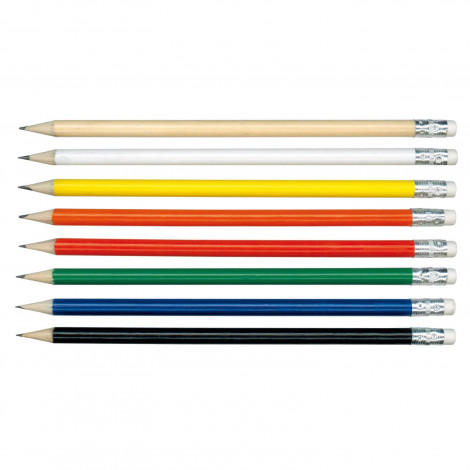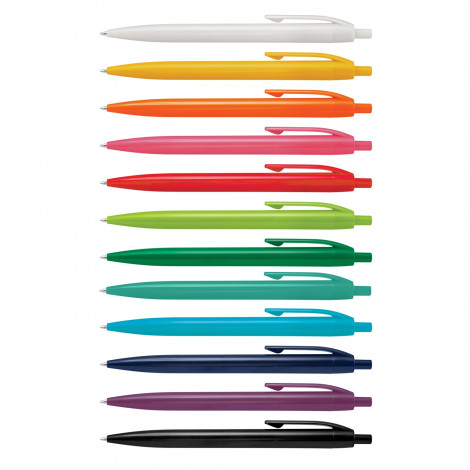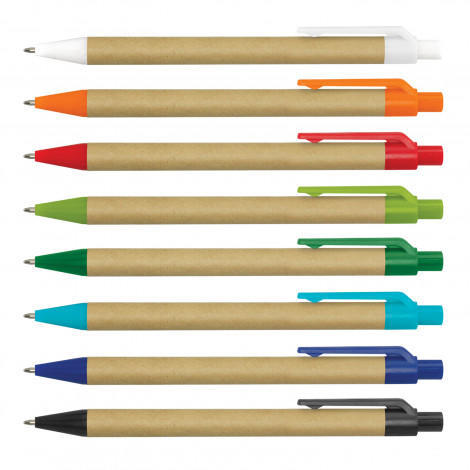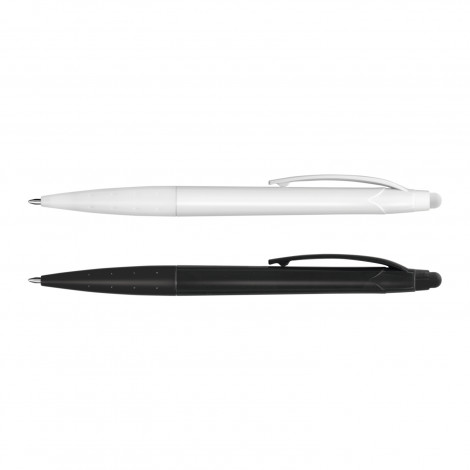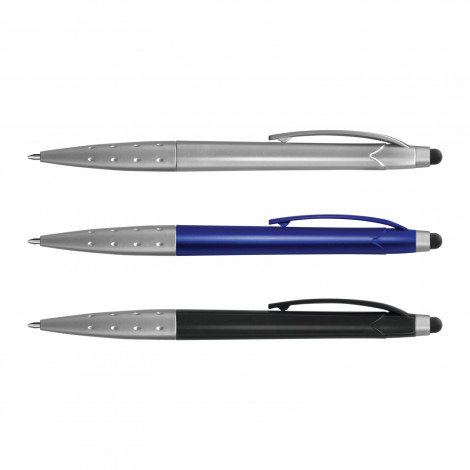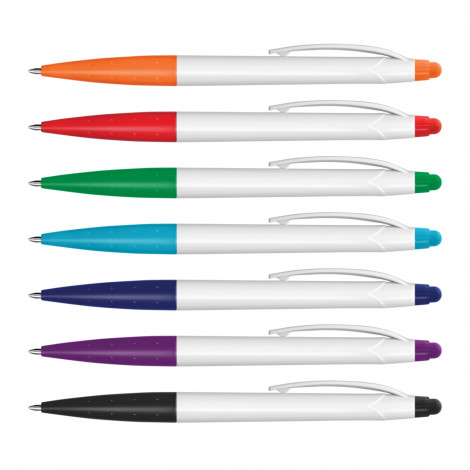Logo Design for Promotional Products: A Step-by-Step Guide
.jpg)
Key takeaway:
- Logo design is crucial for promotional products as it helps create a strong brand identity and resonates with the target audience.
- The purpose and target audience should be clearly defined before starting the logo design process to ensure the design aligns with the intended message and goals.
- Choosing the right design elements and incorporating brand identity and message are essential to create a logo that effectively represents the brand and leaves a lasting impact.
- A memorable and versatile logo is important for promotional products as it needs to be adaptable to different applications and sizes.
- Testing the logo design and obtaining feedback from stakeholders is necessary to ensure its effectiveness and make any necessary improvements.

Photo Credits: Highqualitypromo.Com.Au by Roger Wilson
Logo design plays a crucial role in the success of promotional products. In this section, we will explore the significance of logo design for promotional items, delving into its impact on brand recognition and customer engagement. Backed by relevant data and industry insights, we'll discuss the key factors that make logo design a vital component in effectively promoting products and services.Importance of Logo Design for Promotional Products
Logo design is essential for successful promotional products. It conveys the brand's message and acts as its visual representation. It also leaves a strong first impression and builds brand recognition. Elements like color, typography, and imagery make it stand out and capture your target audience's attention.
Logo design helps to differentiate a brand from its competition. It builds an identity, creating consistency across various promotional platforms. Plus, it's a recognizable symbol that customers relate to trustworthiness and reliability.
A visually appealing logo makes promotional items memorable. This leads to increased brand recognition and recall when customers come across similar products or services in the future.
Logo design should be versatile. It should be able to be used on different print materials, like business cards, brochures, and banners, as well as digital platforms, such as websites and social media profiles. This ensures that the logo remains eye-catching and effective no matter its size or medium of reproduction.
To get the most out of logo design, it's important to define its purpose and target audience — like getting directions before a blindfolded roller coaster ride.
Step 1: Defining the Purpose and Target Audience

Photo Credits: Highqualitypromo.Com.Au by Donald Brown
Defining purpose and target audience for logo design for promotional products is essential. Before beginning design, it's important to decide the main objective and identify the demographic it's intended for. This will help create a logo that communicates the message and resonates with the people.
To define purpose and target audience:
- Research company/organization and understand values, mission, and brand identity. This ensures the logo aligns with core values.
- Clarify objectives – increase brand awareness, promote product/service, or convey a message?
- Analyze target audience – demographics, interests, preferences, and needs. Get to know who'll be interacting with promotional items. Tailor the logo to the audience.
- Brainstorm and conceptualize ideas aligned with purpose and target audience. Explore design elements, colors, typography, and visual styles. Create a logo that appeals to intended recipients and effectively conveys the message.
Step 2: Choosing the Right Design Elements

Photo Credits: Highqualitypromo.Com.Au by Jason Johnson
Selecting the right design elements for a logo for promotional products is key. It involves looking at various factors to ensure the design reflects the brand and connects with the target audience. Here's a 6-step guide to help you with the process:
- Know the brand: Get to know the brand's values, mission and target market. This will give you direction and ideas for the design elements that will best represent the brand.
- Investigate competitors: Check out the logos of competitors in the same industry. Look for common design elements to make sure your logo is unique and recognizable.
- Choose the type of logo: Decide if you need a wordmark, lettermark, symbol or combination logo. Each one has its advantages and conveys a different message.
- Pick colors carefully: Colors have a big influence on how a logo is seen. Understand the psychology of colors and choose a palette that evokes the desired emotions and aligns with the brand. Use contrasting colors for readability.
- Select fonts smartly: Typography is important for showing the brand's personality and message. Pick fonts that are legible, suitable and relate to the overall design. Find a balance between a classic font and a modern, unusual one.
- Test and update: Once you've chosen the design elements, it's essential to test the logo's effectiveness. Ask target audience members for feedback and adjust accordingly.
Remember that every brand is unique and the design elements should reflect this. With this in mind and following the guidelines, you can create a logo that shows the brand and appeals to the audience.
Next step is "Step 3: Incorporating Distinctive Brand Elements". This step will look at how to put in unique brand elements to make the logo special and different.
To illustrate the significance of picking the right design elements for a promotional product logo, here's a true story. A well-known company redesigned its logo without thinking about its target audience. The new logo failed to connect with customers and caused confusion about the company's values. This led to a drop in sales and impacted the brand's image. This emphasizes that the selection of design elements must be based on an understanding of the brand and its audience to create a successful logo.
Step 3: Incorporating Brand Identity and Message

Photo Credits: Highqualitypromo.Com.Au by Gabriel Davis
- Understand the brand identity and message.
- Dig into the values, target audience, and overall image.
- Define key visual elements.
- Colors, typography, and imagery that reflect the brand's personality and evoke desired emotions.
- Create a balanced composition with visual elements arranged in harmony.
- Choose the right logo type: wordmark, lettermark, pictorial mark, or abstract mark.
- Test and refine design, gathering feedback from target audience.
- Use logo consistently to build brand recognition and strengthen association with identity and message.
- Follow these steps for effective incorporation of brand identity and message into logo design for promotional products.
Step 4: Creating a Memorable and Versatile Logo

Photo Credits: Highqualitypromo.Com.Au by Jerry Allen
Crafting a logo that is both memorable and flexible is vital when designing promotional products. A logo serves as a visual representation of a brand. It should leave a long-lasting impact and be able to adjust to many mediums and uses.
To make a logo that is unforgettable and adjustable, do the following four steps:
- Make it simple: A logo should be recognizable and memorable in an instant. Keep away from mess and focus on spotless, plain designs that show the heart of your brand.
- Pick fitting colors: Color is significant in the general effect of a logo. Pick colors that match your brand's identity and evoke desired emotions. Consider how the logo will look in both colored and black-and-white forms.
- Ensure it is scalable: An adjustable logo should be able to be adjusted without losing its visual appeal. Test your logo at different sizes, from little symbols to huge banners, to make sure legibility and clarity.
- Test in different settings: Your logo should be tested across different mediums and uses to guarantee its adaptability. Think about how it will appear on various promotional products, such as clothing, stationery, or signage. Guarantee it remains visually remarkable and simple to recognize in each setting.
By following these steps, you can craft a logo that is not only unforgettable but also open to various promotional products and mediums.
It is also essential to consider the unique details of your brand when designing a logo. Consider including elements that reveal your brand's values, character, or target audience. Pay attention to any specific stylistic preferences or rules that line up with your brand identity. By including these unique details into your logo, you can make a design that connects with your target audience and makes your brand stand out.
Keep in mind, a logo is a visual representation of your brand. It should be carefully designed to leave a lasting impression. So, take the time to refine your logo and guarantee it reflects the soul of your brand while remaining unforgettable and adjustable.
Step 5: Testing and Obtaining Feedback

Photo Credits: Highqualitypromo.Com.Au by Jose Lopez
Testing and obtaining feedback are necessary steps when creating a logo design for promotional products. This lets designers get input and make changes to ensure the logo accurately reflects the brand and appeals to the intended audience.
- Test the logo: Analyze the logo on different promotional products such as merchandise, apparel, and stationery to measure its visibility, legibility, and overall impact. This will help identify any design flaws or issues that need to be addressed.
- Gather feedback: Ask key stakeholders, clients, company executives, and customers for their opinions. This helps you make educated decisions about the logo and include valuable advice.
- Refine the design: After collecting feedback, refine the logo to enhance its effectiveness. Change the color palette, typography, layout, etc. if necessary.
Be open and communicative with clients and stakeholders throughout the testing and feedback process. This collaborative approach ensures the final logo design looks good and is in line with the brand's values and resonates with the target audience.
When designing logos for promotional products, special attention must be paid to details. Make sure it's compatible with different materials and sizes, plus visible in various marketing contexts. Address these intricacies in the testing and feedback stage to create a logo that represents the brand and has maximum impact on promotional products.
Logo designs have seen great success because of testing and obtaining feedback. Companies have made minor alterations to their logos based on feedback from their target audience, which has led to improved brand recognition and customer engagement. This iterative process allows for constant improvement and optimization, making sure the final logo design is both visually attractive and in line with the brand's objectives.
Conclusion

Photo Credits: Highqualitypromo.Com.Au by Thomas Sanchez
Logo design for promotional items is essential for promoting a brand or business. It needs careful thought and focus to make sure the logo reflects the company's values and message. Businesses can make impactful and eye-catching logos by following a step-by-step guide.
- To start, you must understand your target audience and message. Research and get relevant info to tailor the design for customers.
- Analyze competitors' logos and find unique elements that set your brand apart.
- Brainstorm and sketch logo ideas. Explore concepts and visuals that fit the brand's personality, values, and target audience. Generate multiple options that capture the essence of the business.
- Refine and finalize the design. Select colors, typography, and graphic elements that match the brand's identity. Make sure the logo is versatile and can be used on various promotional items without losing its effect.
Additional Resources and Tools for Logo Design

Photo Credits: Highqualitypromo.Com.Au by Randy Martin
Logo design is a must-have for promotional products. To make this process easier, extra resources and tools are needed. These provide designers with the help they need to craft visually appealing and effective logos.
- Online Logo Design Platforms: Templates and customisable options to suit the brand's identity and values.
- Typography Resources: Access to a range of fonts and guidance to experiment with different styles.
- Color Palette Generators: Generators to craft harmonious color schemes that evoke the desired emotions.
- Icon Libraries: Incorporate relevant icons and symbols.
- Mockup Tools: Present logo designs in realistic settings, to show how it would appear on signage, stationery or product packaging.
- User Feedback Platforms: Gather feedback to refine and improve logos.
Designers can also access graphic design software, image libraries, and design communities to sharpen their skills. They should also stay up-to-date with design trends. This will help create logos that meet clients' expectations. By using these resources and tools, logo designers can excel and create stunning logos.
Some Facts About Logo Design for Promotional Products: A Step-by-Step Guide:
- ✅ A logo represents a brand's values, products, audience, industry, background, and personality. (Source: Team Research)
- ✅ When designing a logo, it is important to keep it simple, memorable, relevant, timeless, and versatile. (Source: Team Research)
- ✅ The logo should be scalable, work in black and white, and be easy to read on different surfaces. (Source: Team Research)
- ✅ Logo design involves considering elements such as brand identity, inspiration, logo style, color scheme, font, logo type, shape, and feedback. (Source: Team Research)
- ✅ Different colors and fonts evoke different emotions and can influence a logo's impact. (Source: Team Research)
FAQs about Logo Design For Promotional Products: A Step-By-Step Guide
FAQ 1: What is a Sans Serif font and why is it important in logo design?
A Sans Serif font is a type of font that does not have small lines or strokes at the ends of letters. It is characterized by its clean and modern appearance. Sans Serif fonts are important in logo design because they convey simplicity, clarity, and a contemporary feel. They are often used to create a minimalist and professional look in logos.
FAQ 2: How do I choose the right Sans Serif font for my logo?
When choosing a Sans Serif font for your logo, consider the personality and values of your brand. Look for fonts that align with your brand's desired image, whether it's minimalistic, bold, elegant, or playful. Experiment with different options and see how they work with your logo's overall design. It's also important to make sure the font is easily readable in various sizes and formats.
FAQ 3: Can I use multiple Sans Serif fonts in my logo?
While it's generally recommended to stick to one primary font in a logo to maintain consistency and simplicity, there can be instances where multiple Sans Serif fonts can be used effectively. However, it's essential to ensure that the fonts complement each other and don't create confusion or visual clutter. If using multiple fonts, consider using one for the main brand name and another for taglines or secondary text.
FAQ 4: What emotions or qualities does a Sans Serif font convey?
Sans Serif fonts convey a range of emotions and qualities depending on their specific style and design. However, in general, they are associated with modernity, simplicity, professionalism, and cleanliness. Sans Serif fonts can evoke a sense of trust, efficiency, and straightforwardness, making them popular choices for brands that want to communicate a contemporary and no-nonsense image.
FAQ 5: Can I use a Sans Serif font for any type of logo design?
Yes, Sans Serif fonts can be used for various types of logo designs. They work well in minimalist logos, professional and corporate logos, technology-related logos, and brands that aim to convey simplicity and clarity. However, it's important to consider the overall brand identity and style before finalizing the font choice. Some brands might benefit more from other font styles, depending on their target audience and industry.
FAQ 6: What are some popular Sans Serif fonts used in logo design?
There are many popular Sans Serif fonts used in logo design, each with its unique characteristics. Some widely recognized Sans Serif fonts include Helvetica, Arial, Gotham, Futura, Proxima Nova, and Montserrat. These fonts are versatile and widely available, making them popular choices for logo designers seeking a clean and modern aesthetic.

